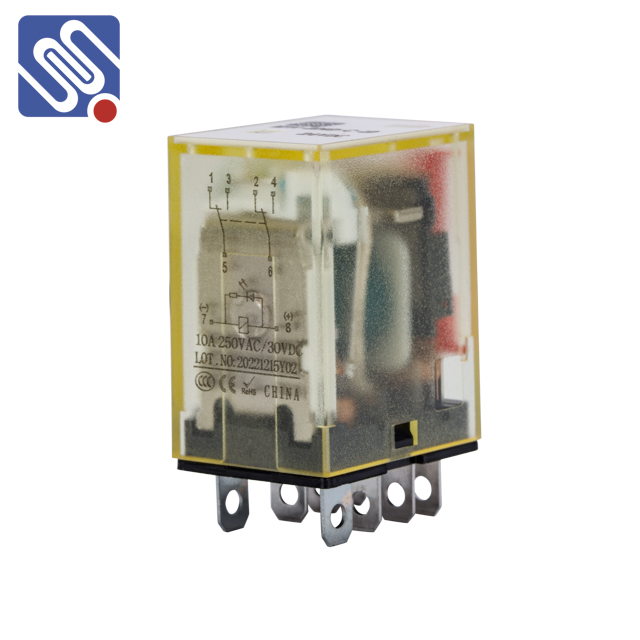understanding general-purpose relay: functionality, types, and applications
Release time:2025-03-26 02:54:22
A general-purpose relay (GPR) is an essential electrical component used in various electronic and electrical circuits for switching operations. It is an electromagnetic device designed to control the opening and closing of electrical contacts based on a control signal. Relays, including general-purpose relays, are widely used in control systems, industrial automation, and consumer electronics, making them vital in everyday electrical applications.

What is a General-Purpose Relay?
A general-purpose relay is a versatile, electromagnetic switching device that allows one circuit to control another, typically with a low-power signal controlling a higher power circuit. When the relay's coil is energized, it creates a magnetic field that attracts or repels the switch mechanism, either closing or opening the contacts of the relay. This makes the relay an essential element in automating electrical circuits, enabling them to switch on or off as needed without requiring manual intervention.
The fundamental function of a general-purpose relay is to act as an electrical switch. It operates by receiving a control input (either digital or analog) that activates the relay’s internal coil. This activation causes mechanical movement, which results in the relay’s contacts being either opened or closed, allowing or interrupting the flow of electricity in the circuit. A typical relay has at least one set of contacts—often normally open (NO) or normally closed (NC)—that control the flow of electricity.

